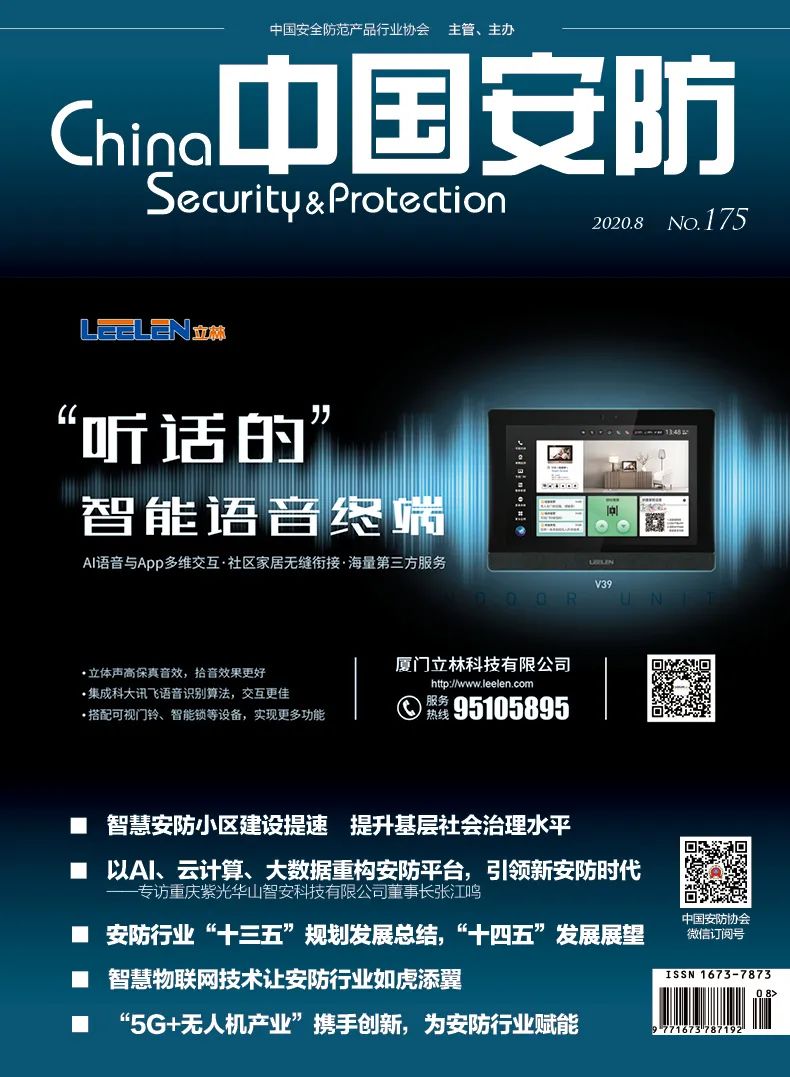
Since Kevin Ashton first proposed the concept of the Internet of Things in 1999, the development of IoT has been rapid. According to IDC predictions, by 2025, there will be 75 billion devices connected to the IoT globally. IoT technology is the next crucial technology for achieving the interconnection of all things in the world. This article will provide a brief introduction to the architecture and communication technologies of IoT.
IoT communication technologies are crucial and can be divided into three types: fixed or low-speed wireless data access (local IoT), mobile wireless data access (mobile IoT), and ubiquitous wireless data access (low-power wide-area IoT). The mainstream communication protocol standards are as follows: Zigbee, LoRa, NB-IoT, Wi-Fi 802.11ah (HaLow), and 802.11af (White-Fi).
(1) Zigbee: A low-power, low-data-rate, short-range self-organizing wireless network that supports mesh network topology, utilizing the IEEE 802.15 WPAN standard, providing data rates of 250kbps, 40kbps, and 20kbps, and operating within a range of 10 to 100 meters. A Zigbee mesh network can include up to 65,000 devices, which is double the capacity supported by Bluetooth LE.
Zigbee is primarily used for home automation applications, such as smart lighting, smart thermostats, and home energy monitoring. It is also commonly used in industrial automation, smart metering, and security systems.
(2) LoRa: A communication technology in low-power wide-area networks. LoRaWAN is a set of communication protocols and system architecture designed for long-distance communication networks using LoRa. It is a media access control (MAC) layer protocol. LoRa focuses on wide-area networks, with a typical star topology architecture where the gateway acts as a transparent relay connecting end devices and servers. The gateway connects to the server via standard IP, while end devices communicate with one or more gateways through single hops, and all nodes support bidirectional communication. It can achieve multi-channel parallel reception and handle multiple signals simultaneously, significantly increasing network capacity.
LoRa is particularly suitable for remote communication and can be widely applied in the field of long-distance low-rate IoT wireless communication, such as automatic meter reading, building automation devices, wireless security systems, and industrial monitoring and control.
(3) NB-IoT: Focused on the low-power wide-coverage IoT market, it is an emerging technology that can be widely applied globally. It features wide coverage, numerous connections, low rates, low costs, low power consumption, and superior architecture. NB-IoT uses licensed frequency bands and can adopt in-band, guard band, or standalone carrier deployment methods, coexisting with existing networks.
NB-IoT has four main characteristics: first, wide coverage, providing improved indoor coverage; under the same frequency band, NB-IoT can gain 20dB more than existing networks, equivalent to a 100-fold increase in coverage area. Second, it supports a large number of connections; a single sector of NB-IoT can support 100,000 connections, with low latency sensitivity, ultra-low device costs, low power consumption, and optimized network architecture. Third, it has lower power consumption, with NB-IoT terminal modules having a standby time of up to 10 years. Fourth, it has lower module costs, with expected individual connection modules not exceeding $5.
(4) IEEE 802.11af (White-Fi) and IEEE 802.11ah (HaLow): Both utilize previously licensed spectrum and do not interfere with traditional Wi-Fi signals in the 2.4GHz and 5GHz bands, nor with 2G and 3G cellular networks. HaLow extends Wi-Fi into the 900MHz band, making low-power connections for applications such as sensors and wearable devices possible. Because this frequency can be used for basic communication free of charge, HaLow is the preferred Wi-Fi standard for IoT. Due to the characteristics of the low-frequency band, both technologies are not suitable for high-speed or high-capacity data transmission. However, they can be used to provide connections for a large number of deployed devices. In 2017, the IEEE introduced another Wi-Fi standard for IoT: 802.11ax (later officially renamed WiFi 6). Compared to HaLow, 802.11ax has the advantage of using the 2.4GHz and 5GHz bands, making it more suitable for local-range IoT applications.
In summary, under conditions of low-cost, short-range connections for non-critical devices, Zigbee and White-Fi may be the best choices. For long-distance applications, LoRaWAN and NB-IoT would be the best options.
Further Reading

“China Security”
– The authoritative magazine in the domestic industry –
Published by: Editorial Department of “China Security”
Supervised by: China Security and Prevention Products Industry Association
Publication Date: August 2020
Subscription Phone: 010-88820990

Follow Us






